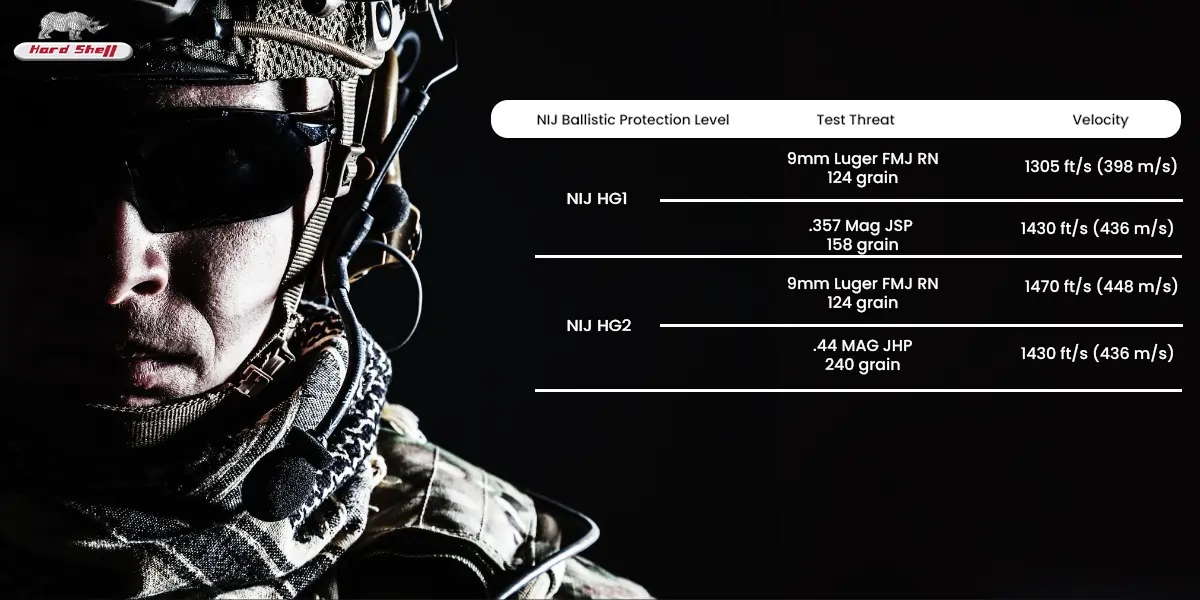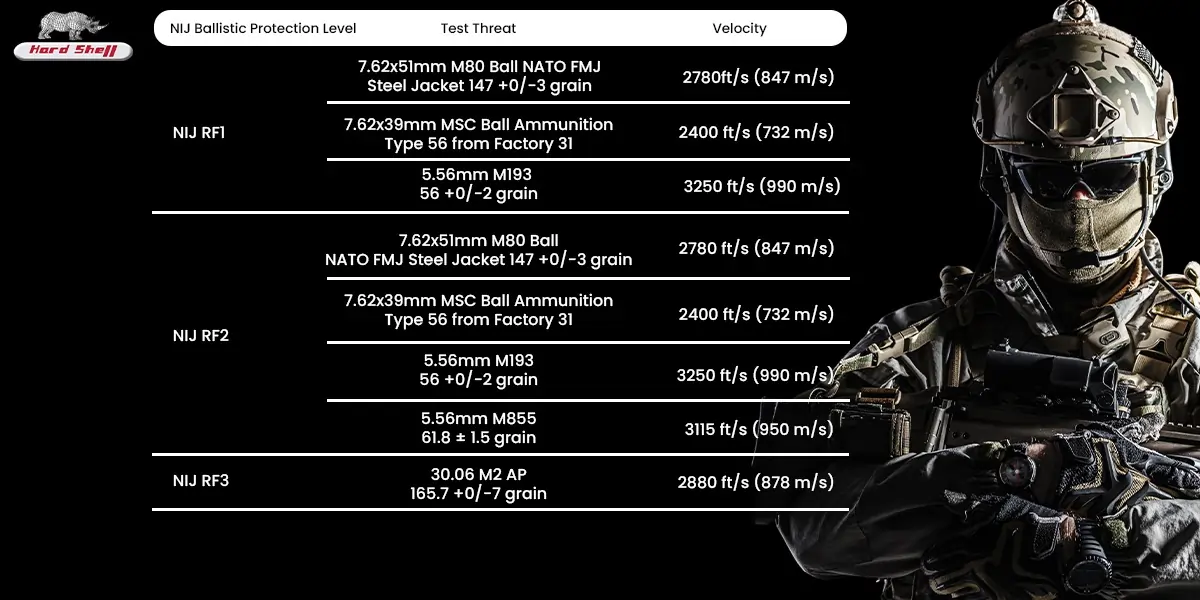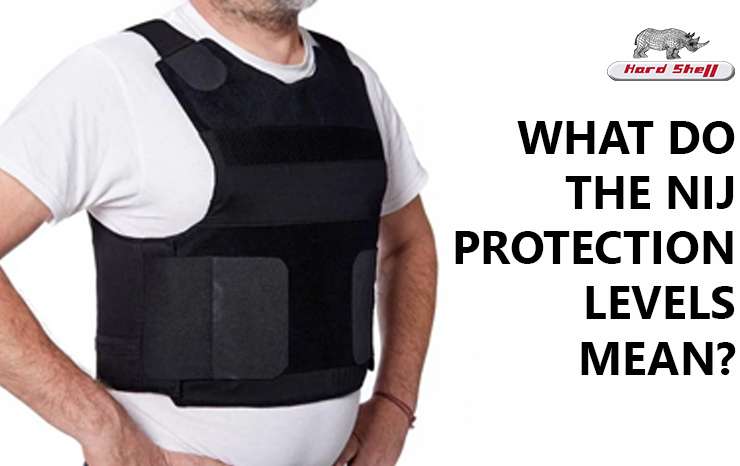NIJ Standard 0101.07: Latest In The Industry
The National Institute of Justice (NIJ) has released NIJ Standard 0101.07, the most recent standard used to assess body armor’s ballistic resistance. It becomes essential for individuals and organizations involved in the designing, producing, and purchasing of body armor to understand NIJ Standard 0101.07. This standard is a major step forward in guaranteeing the reliability and effectiveness of body armor against ballistic threats.
The National Institute of Justice (NIJ) is the research, development and evaluation agency of the United States Department of Justice. NIJ supports the development of voluntary equipment performance standards, as well as conducting compliance testing.


A Significant Update!
NIJ Standard 0101.07 incorporates improvements in materials, testing procedures, and performance standards over earlier versions. It creates stringent testing protocols to evaluate body armor’s ballistic performance in a range of scenarios, including varying degrees of threat and environmental variables. Adherence to this standard will enable producers to manufacture body armor that meets consistent performance requirements, assuring the safety of end users.
Familiarity with NIJ Standard 0101.07 is key for making informed decisions on body armor, whether the need is for law enforcement officers, military personnel, or civilians. It provides common criteria for comparing and assessing the protective abilities of various armor solutions, ensuring that users choose the right degree of protection for their unique requirements.
Improved Testing Methods
The latest NIJ standard 0101.07 is a revision of NIJ Standard 0101.06. This standard will be primarily used by the NIJ Compliance Testing Programme (CTP) for the certification, assessment, and testing of ballistic-resistant body armor. Ballistic testing laboratories and body armor suppliers participating in the NIJ CTP will also use it.
NIJ Standard 0101.07, which is divided into 14 sections and 8 appendices, is significantly different from NIJ Standard 0101.06. Some of the important differences are notable structural variations and the introduction of various enhancements to test methods and laboratory practices.
To improve testing procedures, NIJ Standard 0101.07, in contrast to previous versions of the NIJ Standard, refers to a suite of standardized laboratory procedures and test methods that ASTM publishes. This has been facilitated through collaboration among NIJ, the U.S. Army, the National Institute of Standards and Technology (NIST), ballistics laboratories and other stakeholders. This collaboration aimed to align lab procedures relevant to ballistic testing.
The ASTM Subcommittee E54.04 on Public Safety Equipment developed various test methods and lab practices, many of which are referenced in the NIJ standard 0101.07. By incorporating ASTM standards, both law enforcement and military sectors can harmonize their testing methodologies. This integration allows for ultimate control over product specifications, empowering end-users to determine the specific threats against which their equipment must provide protection.
New Standard for Ballistic Test Threats
Ballistic test threats are now specified in the new NIJ Standard 0123.00 and are no longer listed in NIJ Standard 0101.07. This stand-alone document lists the ballistic threats that are common in the United States according to U.S. law enforcement. It is intended to be used in conjunction with other standards, such as NIJ Standard 0101.07, to assess how well body armor and other ballistic-resistant gear withstand these modern threats.
The test projectiles and velocities have been updated to take into account the wider range of rifle threats to reflect current challenges faced by law enforcement. Additionally, protection level nomenclature is now included in NIJ Standard 0123.00 in an effort to provide users of body armor with more concise threat descriptions and reduce confusion.
Other Important Updates
The test procedures for armor designed for women have been improved in NIJ Standard 0101.07. New shot criteria have been included to evaluate shaping characteristics, and new clay appliques, such as build-up of clay, have been added to ensure improved contact between nonplanar panels and the clay backing material. Additionally, shot placement has been adjusted to take advantage of any vulnerabilities that may arise from the panel’s distinctive design features and nonzero angles of incidence close to edges.
Apart from this, NIJ updated the perforation-backface deformation(P-BFD) testing procedure for soft armor panels to evaluate performance against handgun rounds. This is done by including an additional shot at the top center edge at particular angles of obliquity. This new shot will give soft armor minimal performance against handgun rounds striking that location.
Conclusion
In conclusion, NIJ Standard 0101.07 is an important development that will enhance body armor’s protection against ballistic threats. By adhering to these standards, manufacturers and customers can rely on body armor’s efficacy and consistency, improving safety for people across various industries.
"Connect with our team today for personalized solutions and exceptional service."

